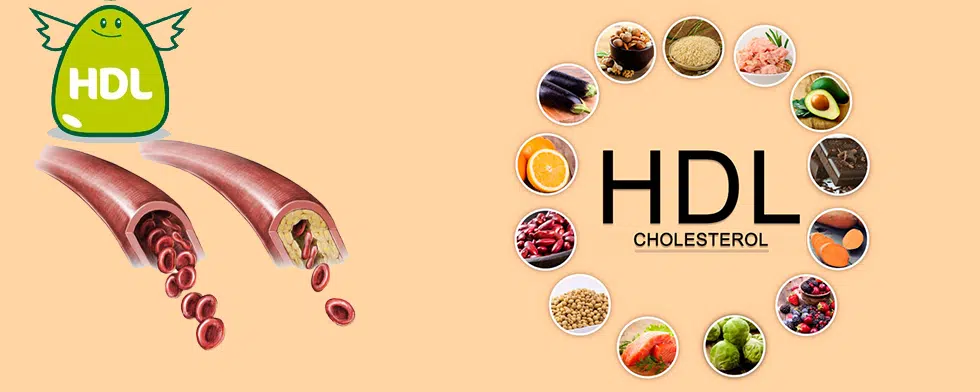Diet, fat loss, fitness, health & well-being, Lifestyle
The 5 Powerful Markers of Metabolic Health
Now, more than ever, the average persons metabolic health in many countries is in dire need of improvement. Most of our diets are very highly processed, and leaves us devoid of many vitamins and minerals that play a key role in our health.
First off, lets define what metabolic health is. It is the bodies ability to process energy effectively and efficiently. Simply put, if you have good metabolic health, then you are at a lower risk of developing common metabolic diseases like diabetes.
The 5 clinical markers of metabolic health are as follows: blood sugar levels, triglycerides, high density lipoprotein(HDL) cholesterol, blood pressure, and waist circumference. It is important to realize that all 5 of these markers are interrelated: meaning that having just one unhealthy marker makes you more likely to have unhealthy levels in the other 4 markers.
It is also important to realize that just because you may appear “fit”, does NOT mean that you can’t be impacted by poor metabolic health.
Lets dig into each one of these 5 below.
1. Blood glucose levels
Blood glucose is reflective of the amount of sugar present, mostly from the food we consume. As for the healthy range of blood glucose, these levels lay between 70-100 mg/dl in a fasted state.
Many factors impact one’s blood glucose levels, such as sleep, diet, exercise, and stress. Maintaining stable blood sugar has an array of benefits, such as better mood, improved energy, and increased hormone health.
How to lower blood sugar levels for improved metabolic health
Reducing the consumption of simple carbs and refined sugars while increasing your fiber intake is one of the 2 best overall ways to reduce your blood sugar levels. The other one is to engage in regular physical activity of at least 30 minutes daily. For improving insulin sensitivity, strength training at least 2x per week is ideal, but if you can’t do that, daily walking will still yield positive effects.
2. Triglycerides
Triglycerides are a form of dietary fat. They are found in the bloodstream, and are stored in fat. Ideally, your levels should be than 150 milligrams per deciliter(mg/dl). Heart health and metabolic health are closely interwoven, so it is no surprise that sustained high blood triglyceride levels can lead to cardiovascular disease.
How to lower blood triglyceride levels for improved metabolic health
Reducing alcohol to 1-2 serving per week, quitting smoking, increasing physical activity, decreasing sugar, and losing weight while building muscle are the top tier ways to lower blood triglyceride levels. In addition, adding in Omega- 3 fatty acid rich foods like salmon, flax seeds, and sesame/olive oils are foods that all of us should be eating at least a couple times per week.
3. High density lipoprotein(HDL) cholesterol
Unlike LDL cholesterol, HDL cholesterol is the good type of cholesterol. This is the type that helps to lower blood pressure and blood triglyceride levels. Generally, the higher your HDL cholesterol level is, the lower your LDL cholesterol will be. A mostly sedentary lifestyle and a diet high in saturated fats are the two main culprits for low HDL cholesterol levels. A healthy HDL level is 40 mg/dl, but an optimal level is at least 60 mg/dl.
How to raise HDL cholesterol levels for improved metabolic health
This is the only one of the five metabolic markers that the goal is to raise rather than lower. The way to raise HDL cholesterol is very similar to how to impove ones blood triglyceride levels. By striving for more unsaturated fats in the diet than saturated fats, this will work wonders for increasing HDL levels. Engaging in a mix of strength training and aerobic exercise is the best combo for boosting heart and metabolic health.
4. Blood pressure
Blood pressure measures the force exerted by blood against the arterial walls, and is reflected by both systolic and diastolic blood pressure. Systolic pressure is the higher one, and it is used to measure the force when the heart beats and contracts in order to pump blood to the body. Diastolic pressure reflects the the force when the heart is at rest between beats.
Adequate blood pressure levels are considered to be at or below 120/80 mmHg, where high blood pressure is above 130/80 mmHg. Similarly, stress, excessively high sodium intake, regular alcohol consumption, smoking, and lack of sleep are common factors that yield high blood pressure.
How to lower blood pressure for improved metabolic health
Consuming the DASH(dietary approaches to stop hypertension) diet has been proven effective in helping to lower blood pressure, as is the mediterranean diet. The remarkable positive effects of these diets are due to the high fiber, low refined carbs, low sodium, and the plethora of micronutrients that are great for your gut health.
5. Waist Circumference
Generally, if you suffer from the above the 4 markers, you will have an excessively high waist circumference. This marker assesses abdominal fat, which is the amount of fat around vital organs(visceral fat), and under the skin(subcutaneous fat).
A healthy waist circumference is considered to be less than 40 inches for men, and less than 35 inches for non-pregnant women. Of course, diet and physical activity are two of the biggest factors with waist circumference, but also genetics. However, don’t let genetics be an excuse. It will take more work, but you can still achieve a healthy waist circumference over time.
How to lower waist circumference for improved metabolic health
The best way to decrease your waist circumference is to improve your overall body composition. Combining strength training with aerobic exercise is very effective for overall metabolic health. The key here is CONSISTENCY. Working out hard for two weeks, then taking a month off and binging on alcohol will yield diminishing returns.
Conclusion
These five markers make up ones total metabolic health. A sustained unhealthy lifestyle will almost certainly lead to problems with the majority of these five markers. Most, if not all, can be fixed be revamping your diet and workout regimen, along with learning to properly manage stress levels. I recommend that everyone get a blood test once a year, to most accurately assess your overall metabolic health.
I hope this blog was of great value to you. Remember, you only get one body in this life. Take great care of it!






